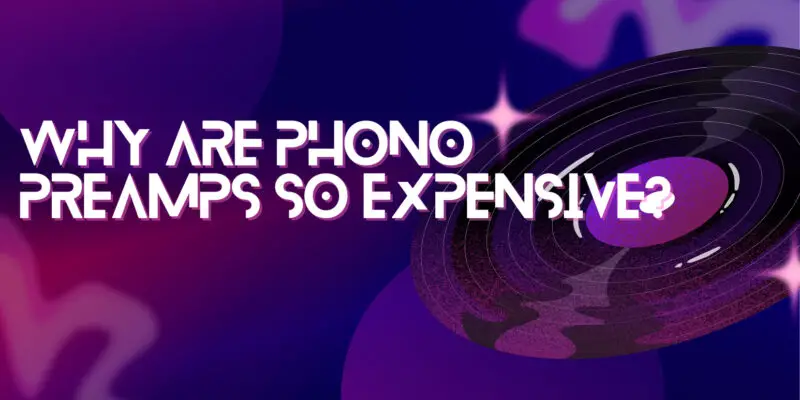Phono preamps, also known as phonostages or phono stages, are essential components in audio systems that play a crucial role in processing the low-level signals generated by turntables. While their function is straightforward, you may have noticed that high-quality phono preamps can be relatively expensive. In this article, we’ll explore the reasons behind the cost of phono preamps.
1. Specialized Circuitry
One of the primary factors contributing to the cost of phono preamps is their specialized circuitry. Phono preamps must accurately amplify and equalize the phono-level signals from turntables. This involves carefully designed circuits and components to ensure that the amplified signal is clean, accurate, and faithful to the original recording.
2. RIAA Equalization
Phono preamps must apply the RIAA (Recording Industry Association of America) equalization curve to compensate for the frequency response changes made during the recording process. Achieving precise RIAA equalization requires high-quality components and meticulous engineering to ensure that the resulting sound is true to the original recording.
3. Low-Noise Components
To maintain signal purity, phono preamps must use low-noise components and high-quality circuitry. These components help reduce interference and electrical noise, ensuring that the amplified signal remains clean and free from unwanted artifacts.
4. Precision and Accuracy
Accuracy is paramount in audio equipment, and phono preamps are no exception. Manufacturers invest in research and development to create circuits that accurately reproduce the minute details and nuances present in vinyl records. This precision often comes at a premium.
5. Build Quality and Materials
High-end phono preamps often feature robust build quality and the use of premium materials. This not only enhances durability but also minimizes vibrations and interference, leading to better sound quality. These premium materials and build techniques can add to the overall cost.
6. Customization and Features
Some phono preamps offer customization options and additional features, such as multiple gain settings, impedance adjustment, and cartridge loading options. These features cater to audiophiles and music enthusiasts who seek a tailored listening experience but can also increase the cost.
7. Brand Reputation
Well-established audio equipment manufacturers with a reputation for quality and innovation tend to command higher prices for their phono preamps. Buyers often place a premium on the reliability and performance associated with reputable brands.
8. Market Demand
The demand for high-quality phono preamps, driven by the resurgence of vinyl records, can also influence prices. Manufacturers may price their products at a premium to capitalize on the growing interest in vinyl playback.
9. Niche Market
The market for phono preamps is relatively niche compared to other audio equipment, such as headphones or speakers. Smaller production volumes and specialized designs can lead to higher costs per unit.
Conclusion
Phono preamps are integral to achieving high-fidelity sound from vinyl records. While they may seem expensive, their cost is justified by the specialized circuitry, precision engineering, low-noise components, build quality, and features that contribute to accurate and faithful audio reproduction. As with any audio equipment, the price range for phono preamps varies widely, and there are options available to suit different budgets and preferences. Whether you’re an audiophile seeking the ultimate sound quality or a casual listener, the cost of a phono preamp should be seen as an investment in enhancing your vinyl listening experience.


